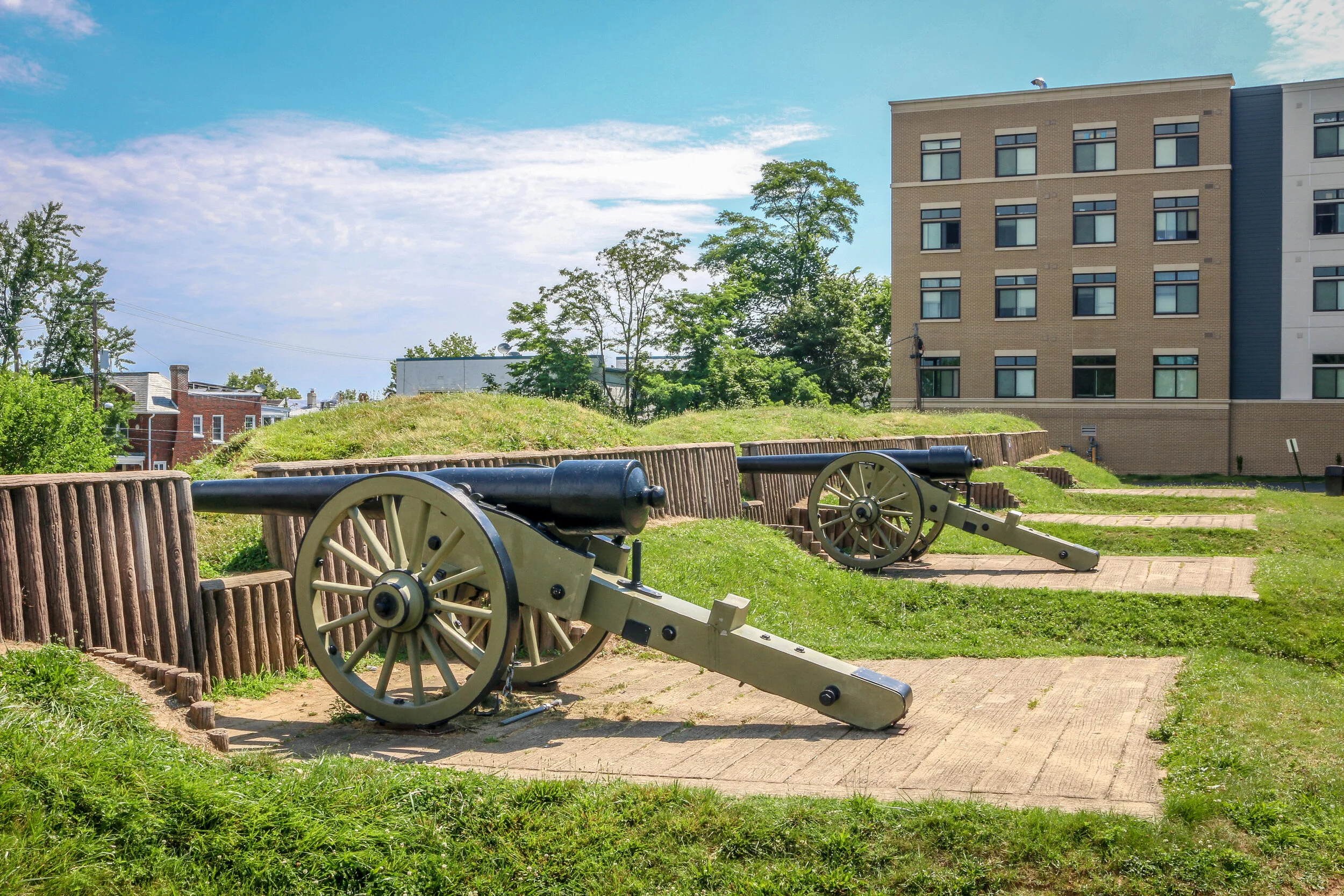Hey y’all. How’s everyone doing out there? Another week has come and gone sheltered in place here in Washington D.C. It’s had its ups and downs, like every week has, but I’m feeling a lot more positive this week than I was last week. I’ve gotten out of the house more (though not as much as I need to be), and have gotten back to playing my guitar and avoiding the news as much as possible. As July begins, it continues to heat up here in our Nation’s Capital, and 90+ degree days with high humidity are prevalent in the forecast. I’m getting up earlier to get my walk in before the heat really takes hold of the day and trying to get outside in the evening as well when it cools off again. Meanwhile I’ve been eating a lot of watermelon because really is there anything better than cold watermelon in the middle of a heat wave? I can say that before this summer I only knew how to cut a watermelon into slices. Now I’ve watched some videos on the subject and can cut a whole one into chunks pretty easily (seriously, there are some fascinating methods out there). I’ve also found that making watermelon balls, covering them in vodka and freezing them are quite the treat! In short, despite the heat it’s been a decent week and watermelon is delicious.
Thursday was an interesting day. As a follow-up to our Tuesday trip to Monocacy Battlefield, we wanted to go and visit Fort Stevens, the site of the only Civil War battle fought inside Washington D.C. After the 1864 Battle of Monocacy, Confederate General Jubal Early trained his sights on the Nation’s Capital. Thankfully, the delay at Monocacy had allowed reinforcements to be brought north from Richmond in steamships and the Confederates were turned out. President Lincoln was there that day and it was the only time that a sitting president has come under enemy fire during a war.
Having been rebuilt by the Civilian Conservation Corps during the New Deal and now administered by the National Park Service, Fort Stevens is the only one of our many forts which actually looks like a fort as most have been turned into parks and receded into the landscape. There isn’t much to it, but it’s only 10 minutes from our house so it was an easy place to visit. After wandering around the fort, we headed up Georgia Avenue to Battlefield National Cemetery, where 40 of the Union soldiers who had been killed during the battle are buried. With just an acre of property in the heart of the city, it is one of the smallest National Cemeteries in the country, and is really quite interesting to visit…



